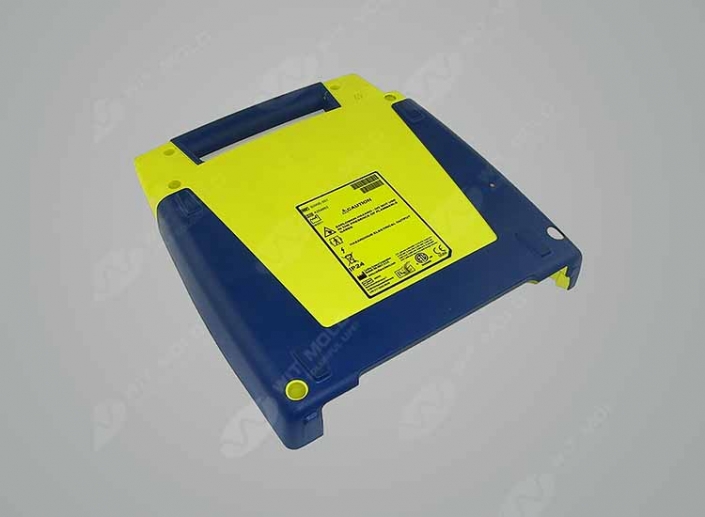In the intricate realm of medical device manufacturing, precision and reliability are paramount. Medical injection molding stands as a cornerstone technology, playing a pivotal role in the production of intricate and critical components for healthcare applications. Let's delve into the intricacies of medical injection molding, exploring its processes, applications, and the crucial role it plays in shaping modern healthcare.

**a. The Basics:
Medical injection molding is a specialized manufacturing process that involves injecting molten material into a mold to create precise and intricate components for medical devices. The process is highly controlled and repeatable, ensuring the production of components with tight tolerances and consistent quality.
**b. Materials Used:
Medical-grade polymers are commonly used in injection molding for healthcare applications. These materials are selected for their biocompatibility, sterilization capabilities, and resistance to various chemicals, making them suitable for use in medical environments.
2. Key Components of Medical Injection Molding:
**a. The Mold:
**b. Injection Unit:
**c. Clamping Unit:
**d. Cooling System:
3. Advantages of Medical Injection Molding:
**a. Precision and Consistency:
**b. Complex Geometry:
**c. Cost-Efficiency:
Despite the initial tooling costs, injection molding can be cost-effective for large-scale production due to its efficiency, low scrap rates, and rapid cycle times.
**d. Material Options:
A wide range of medical-grade materials, including biocompatible polymers, can be used in injection molding, providing versatility in material selection.
4. Applications in Healthcare:
**a. Medical Device Housings:
**b. Disposable Components:
Many disposable medical components, such as syringe barrels, IV connectors, and surgical instruments, are produced using injection molding.
**c. Implantable Devices:
**d. Drug Delivery Systems:
Injection molding is instrumental in the production of drug delivery systems, including inhalers, insulin pens, and auto-injectors.
5. Quality and Regulatory Considerations:
**a. Adherence to Standards:
**b. Material Biocompatibility:
6. Future Trends and Innovations:
**a. Additive Manufacturing Integration:
**b. Smart Materials:
7. Conclusion:
In the realm of healthcare manufacturing, medical injection molding stands tall as a cornerstone technology, delivering precision, consistency, and versatility. From intricate surgical instruments to critical components of life-saving devices, the impact of injection molding on modern healthcare is immeasurable. As technology continues to evolve, medical injection molding will likely play a pivotal role in shaping the future of healthcare, ensuring the production of reliable and sophisticated medical components for years to come.



Comments
All Comments (0)